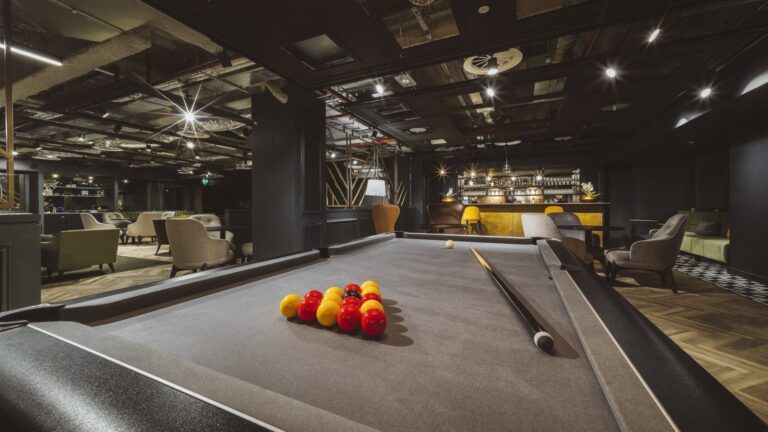
Where do you stand on the four-day week?
Date
21 February 2022
Read length
4 min
The idea of the four-day week has attracted a lot of media attention.
With a handful of businesses already committing to it permanently and a 30-company strong pilot set to start soon – this reduced hour working model has been billed as the solution to the pandemic-induced ‘great resignation’.
Unsurprisingly, the benefits of the four-day week are in the spotlight. It gives employees a greater work life balance and makes them more rested after three days off, plus many like the extra sense of professional buzz and pace it creates. Studies have shown that employers benefit enormously too – with fewer sick days, reduced staff attrition and crucially greater profits, not to mention a potential USP in a bid to attract the brightest and best talent. For the country as a whole, the four-day week is heralded as the way to improve mental health, reduce unemployment, boost productivity, reduce our carbon output and strengthen local communities too.
But, even with all these compelling benefits, the four day week isn’t for everyone. There are those who feel that trying to do five days’ work in four will put them under greater pressure and stress, not to mention that some businesses simply can’t move to this model easily, if at all.
Wherever you stand on the four day week – it’s clear that one of pandemic’s biggest legacies is that it’s changed what we want our shared experience of work to be. It makes sense that against this backdrop, many employers are revisiting their office interior design. If people are working in different ways, at different times and sometimes from home as well as the office – the workplace must take on a new role. We call this role the destination office – as when work can happen almost anywhere, these locations have to become places people actively seek out and want to visit. We talk about it a lot (and you can read more here – internal web link) as these are the spaces we design and build for numerous big-brand businesses each year.
One of the founding principles of the destination office is the need for choice – as with choice comes empowerment. When you allow employees to choose how, when and where they work you unlock wider benefits. They feel trusted and in control. They are able to fit their professional and personal lives together more easily. It often results in extra discretionary effort being applied to their work and it makes employees feel happier and more valued. It also promotes greater inclusivity – giving those with different needs and preferences the ability to choose the right space for them and their task. That means creating spaces that are suited to lively discussion, quiet reflection, team collaboration, tech-powered meetings, socialising, relaxing and more.
All of our recent projects can be described as destination offices, and they have been a celebration of agility and choice – especially Flutter’s new global HQ in Dublin which we finished just a few weeks ago. This was Claremont’s largest project to date and involved the design and build of a destination office over six floors. The office interior design concept embodied choice, and the finished office features a rich blend of activity-based work settings and large collaborative spaces, as well as an indoor football pitch, studio spaces, a mock-up shop, relaxation and gaming areas and an on-site café. You can read more about that here.
Wherever your business and your people stand on the four day week – what is clear is that employees want greater choice. Choice underpins agility and the idea of hybrid-working. After almost two years of feeling like our freedoms have been compromised, people-orientated and progressive employers are quickly recognising that reinvigorated office interior design has the power to support and drive change.
We may not want, need or be expected to be in the office everyday – but the office does have a very clear role to play, particularly in the bid for greater productivity, efficiency, belonging and talent retention. It is a destination like no other and it must be fit for its exciting, new and ever-evolving purpose.
See how we could help with your new office interior design or office design and build project here
Get in touch
We love nothing better than talking all things workplace and design – got a question, potential project or just need some guidance?
Drop us a note…




